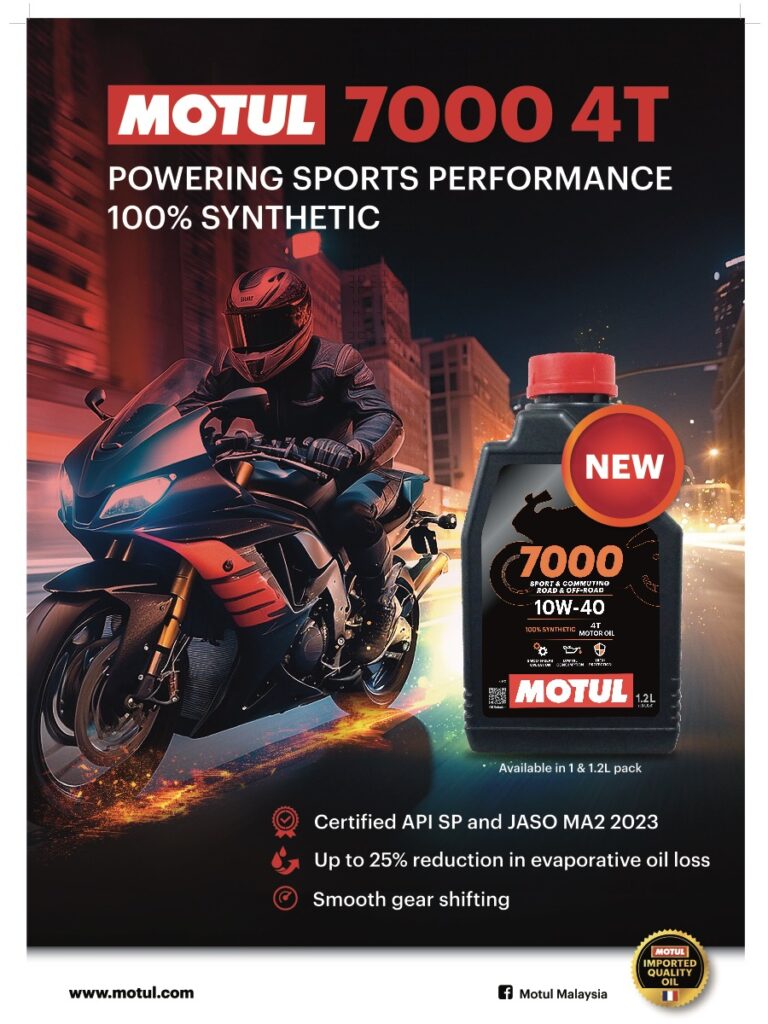We were treated to an all-new Yamaha YZF-R1 for this year. Poring over the specification sheet we found that the engine’s bore and stroke has changed i.e. larger bores and shorter strokes. And yes, it revs higher.
What is bore and stroke?
To put it simply, the bore is the hole the piston sits in. Stroke, on the other hand, is the length that the piston needs to travel between its highest and lowest points.
But why is that?
The relationship between an engine’s bore and stroke determine, to an extent, how it makes its power. For a given capacity, ‘long stroke’ engines – ie those with a relatively long stroke in relation to the bore size – will tend to be relatively low revving but with strong low down power, while ‘short stroke’ or ‘oversquare’ motors – short stroke with a wide bore – will be able to rev higher. And, because more revs equal more horsepower (horsepower = torque x rpm divided by 5252, so increase the revs and the bhp increases too), manufacturers are always looking at ways of safely increasing the upper rev limit of their motors.
One of the major factors determining an engine’s upper rev limit is piston speed. For every revolution of an engine, the piston moves up from the bottom of its stroke (bottom dead centre or BDC) to the top of its stroke (top dead centre or TDC) and back again. So in the case of the ’04 R1, the 77mm wide piston goes from a standstill, travels 53.6mm up, stops, and comes back down again. At 10,000rpm it makes this journey just over 166 times each way every single second, at an average speed of 17.9 metres a second.
The stresses on a piston and conrod at high revs are massive. If the piston is forced to travel too quickly something’s going to break. Put very simply, if you reduce the distance the piston has to travel – ie its stroke – it doesn’t have to travel as fast and can make that journey more often. So that’s what Yamaha chose to do with their new R1, reducing the stroke by 4.4mm and adding 3mm to the bore. Last year’s R1 redlined at 11,750rpm, while this year’s redlines at 13,750, and makes its peak power 2000rpm further up the RPM scale.
Another way of reducing driveline stresses
Another way of reducing stresses is by using lighter materials for the pistons and connecting rods. Every moving part has momentum, and momentum is calculated by acceleration multiplied by mass. So, the more mass a moving object has, or/and the faster it moves, the higher its momentum. Lightening these parts will reduce stresses and also lets the engine rev faster.

















